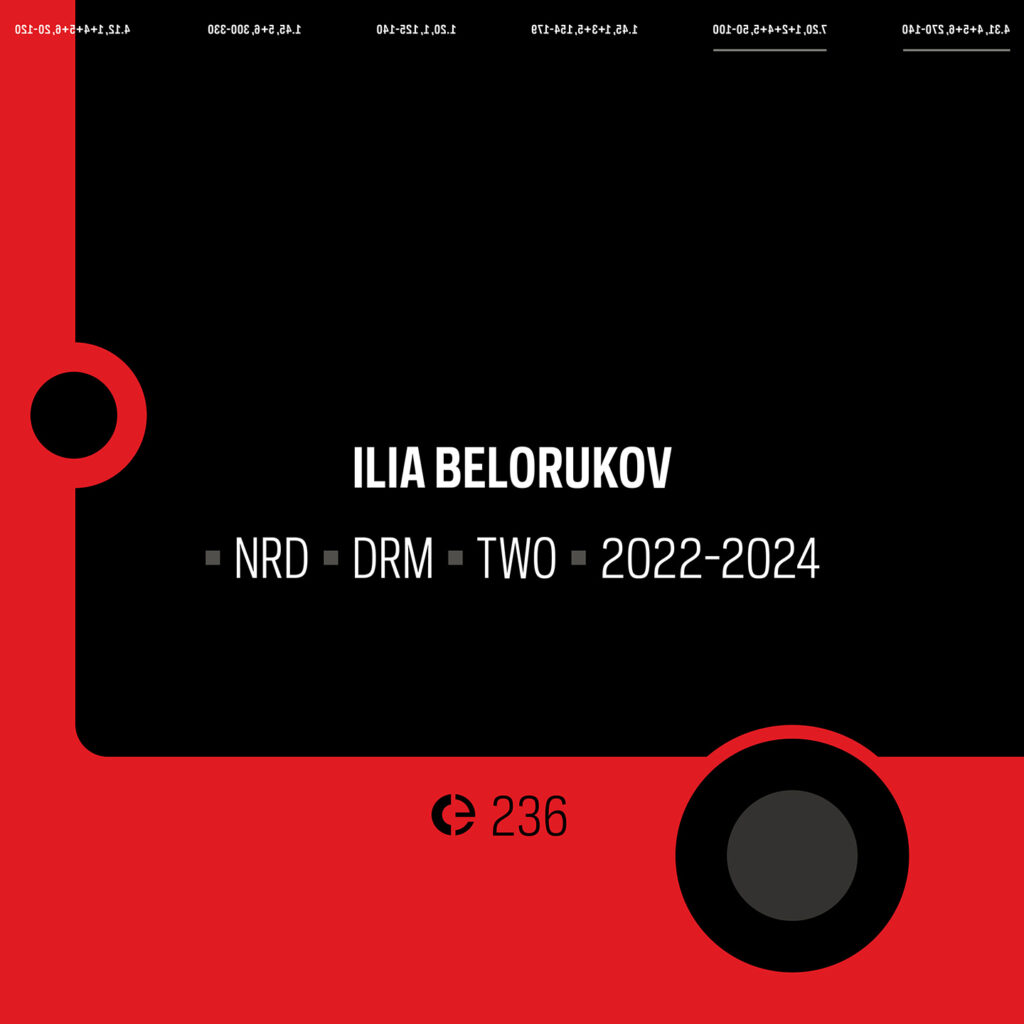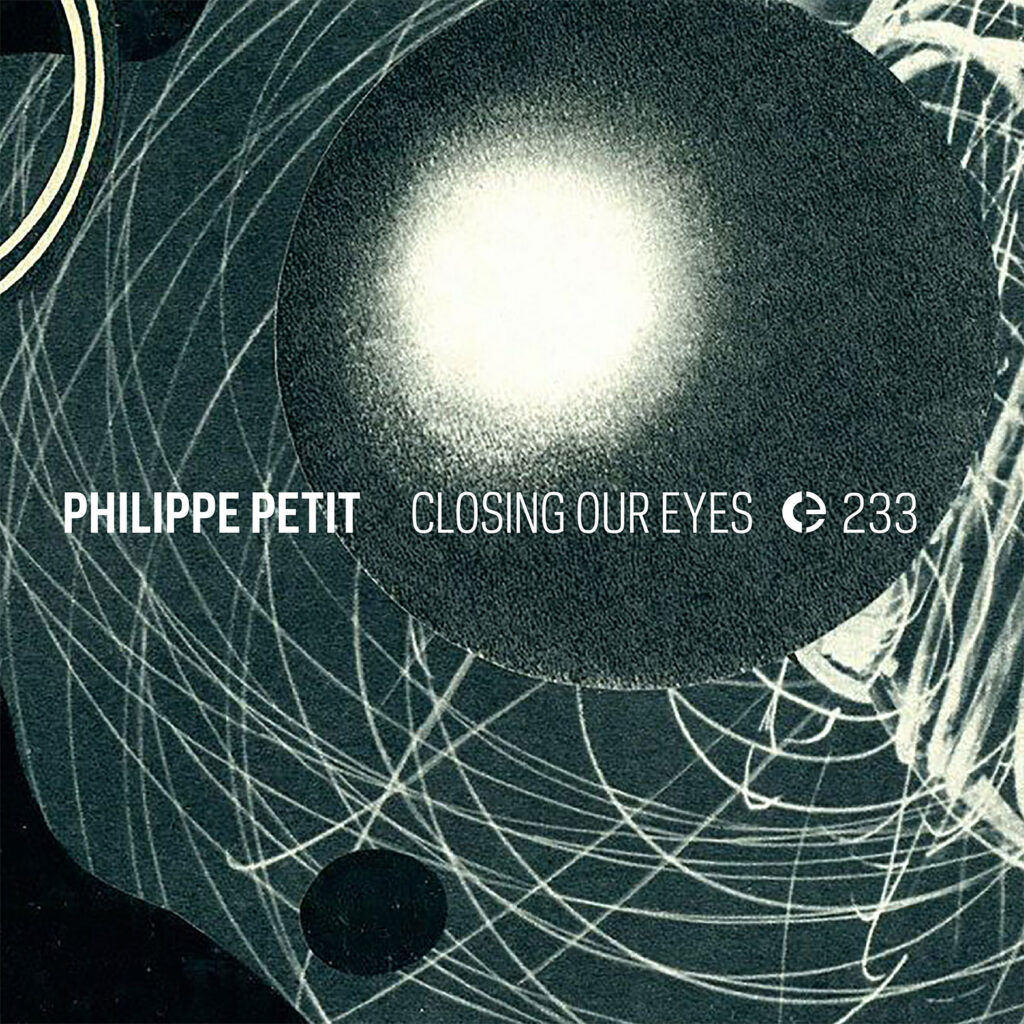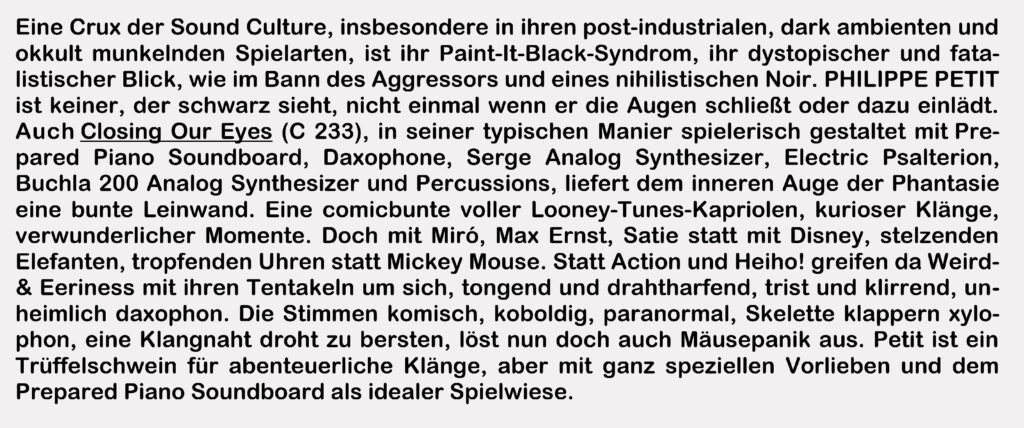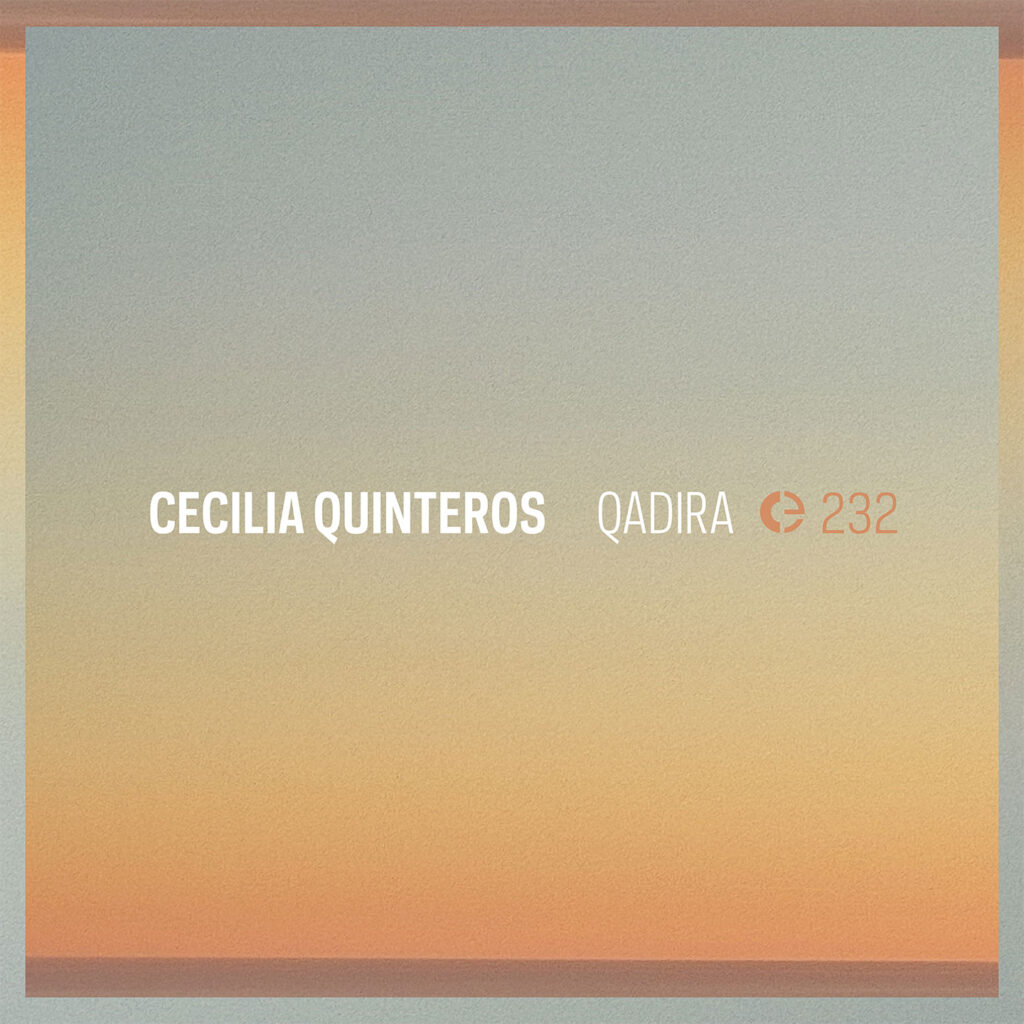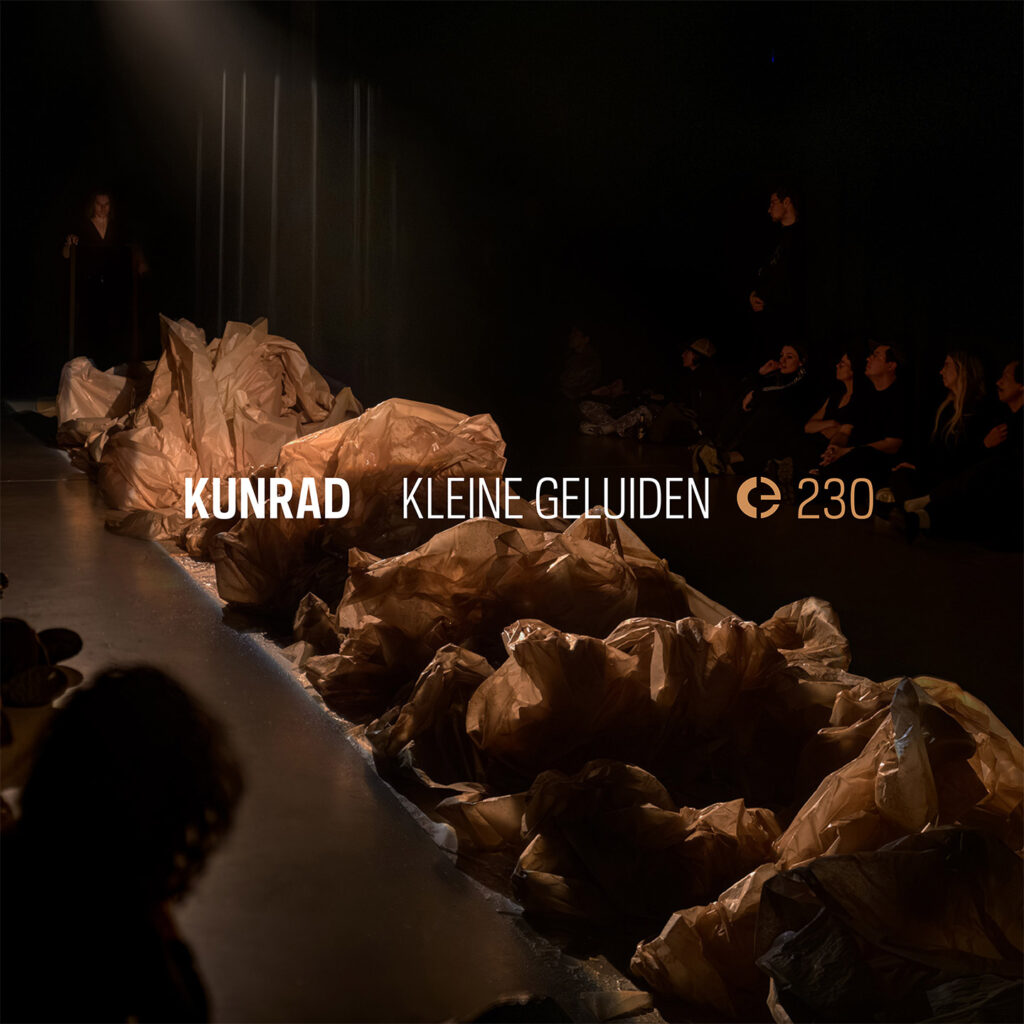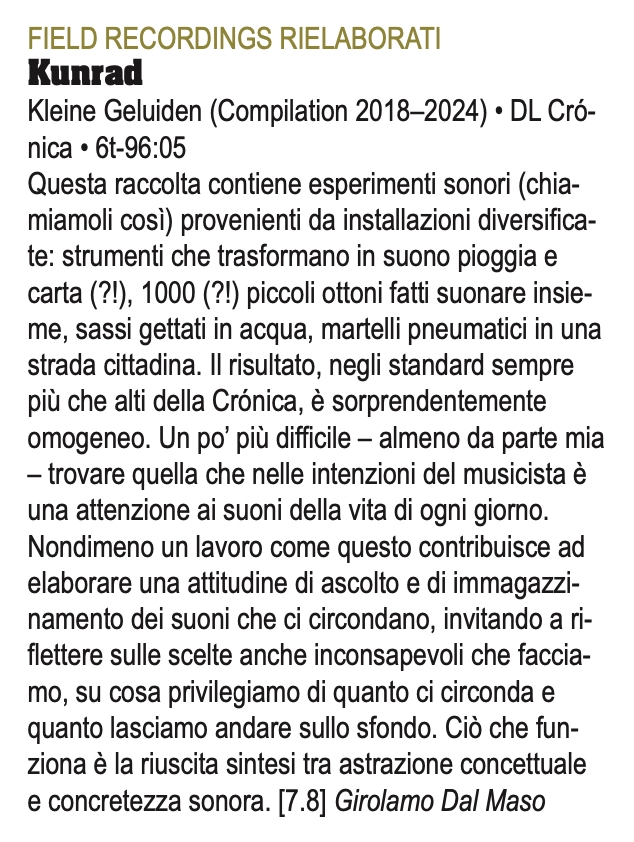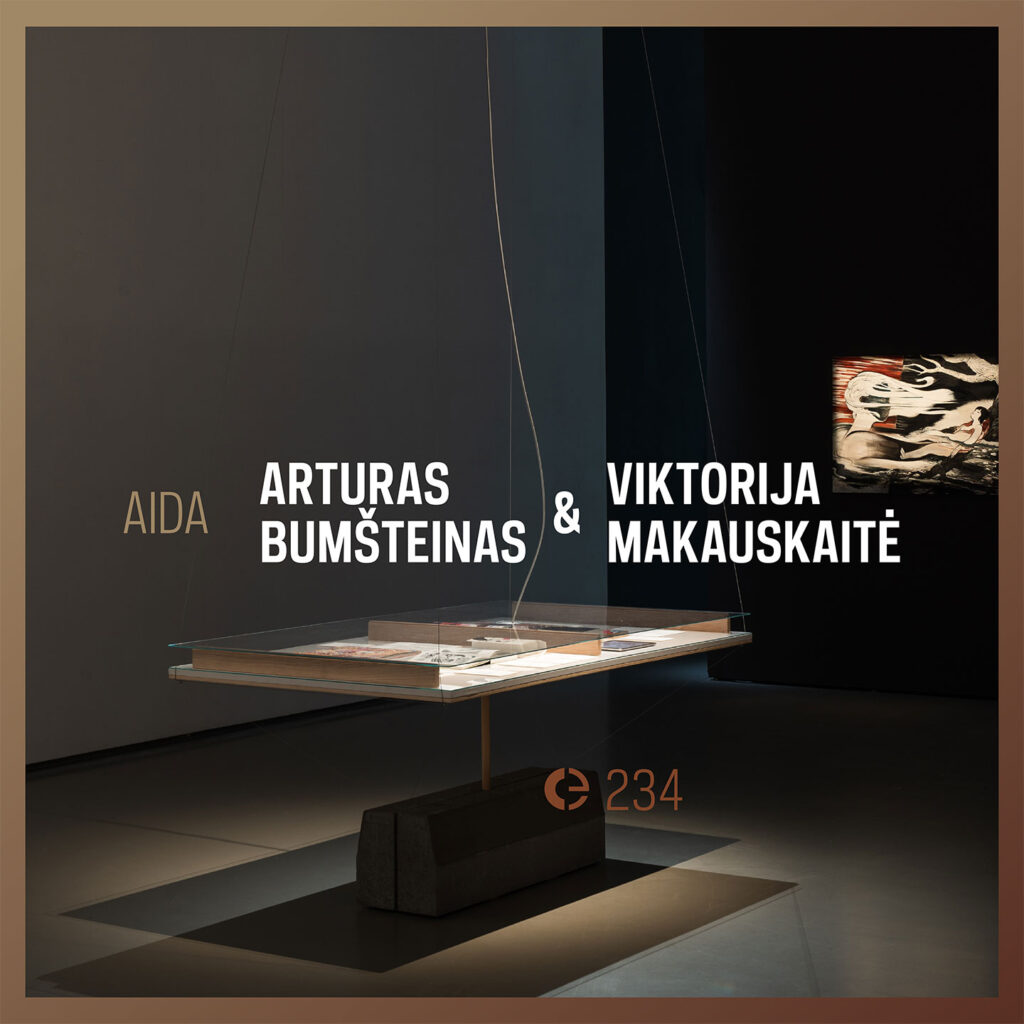
Aida was created as a ten-channel soundtrack for the exhibition Beauties, Ghosts, and Samurai: The Japanese Pop Culture Tradition from Edo Ukiyo-e to Manga, Anime, and Sūpā Furatto in the 20th and 21st Centuries (curated by dr. Arūnas Gelūnas, architecture by Išora x Lozuraitytė Studio, lighting by Eugenijus Sabaliauskas, sound engineering by Vytautas Narbutas) which took place in the National Gallery of Art of the Lithuanian National Museum of Art between July and October of 2024.
This soundtrack consists of music played on various Japanese synthesizers, multi-tracked together with manipulated field recordings of Tokyo’s urban ambiences recorded by Viktorija Makauskaitė (who relocated from Vilnius to Japan in 2009). The title of this continuous, almost three-hour-long spatial sound work is aida which in Japanese means “the space between things” or simply “between”. In Lithuanian, “aida” is the feminine form of the noun “echo”.
In the vast space of the exhibition hall this soundtrack was played on a very low volume, barely detectable by the visitors, who mainly reported that the sensation of the sound’s presence was something of a ghostly emanation from the visual artworks on display. During the opening of the exhibition, the chatter of the crowd completely absorbed the soundtrack, once again raising the question of functionality of the accessory sound design in a visual art show.
Aida is now available to stream or download from Crónica.

